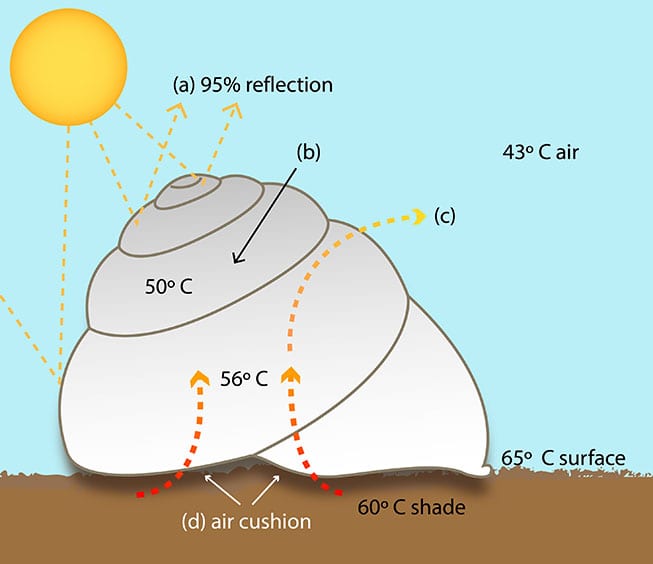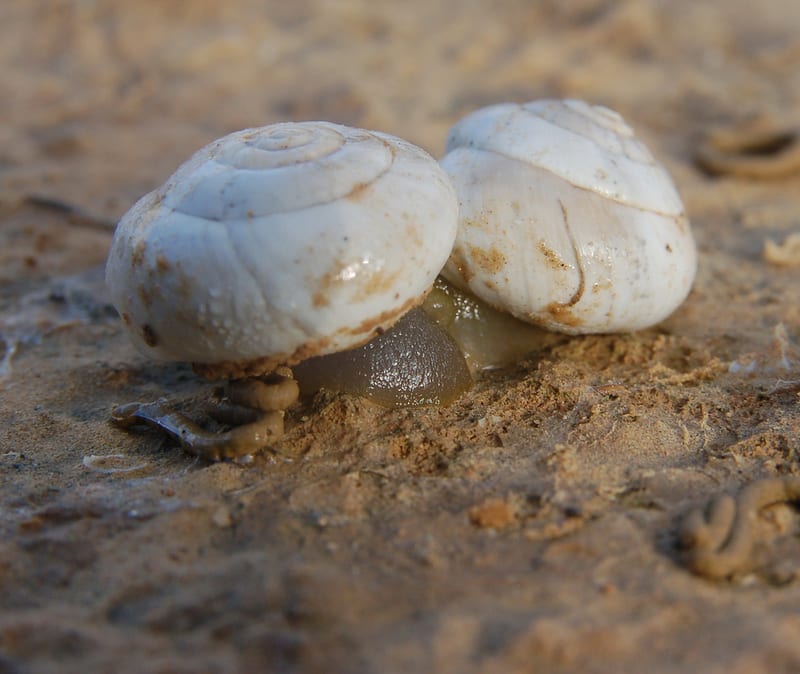Protect From Loss of Liquids
Water is essential to life. Liquids, mostly water, make up 70 to 90% of all living systems, and the loss of even a small percentage can mean the difference between life and death. Living systems must maintain a proper liquid balance, which is especially difficult in dry conditions. To do so, they must control the movement of liquids across their boundaries. Living systems do this using structures or waterproof materials to prevent or slow liquid movement. For example, when humans receive a cut, they must limit blood loss. Scattered throughout the bloodstream are lens-shaped structures that serve to plug the wound.
Protect From Light
Access to sunlight is crucial to living systems because it’s the primary energy source for life. However, too much sunlight in the form of ultraviolet radiation (UV) can cause damage to living tissues. Therefore, living systems have strategies to filter out some or all UV radiation. For example, some plants that live in areas exposed to long periods of direct sunlight have reflective surfaces (such as white hairs or powder) that reflect UV light.
Protect From Temperature
Many living systems function best within specific temperature ranges. Temperatures higher or lower than that range can negatively impact a living system’s physiological or chemical processes, and damage its exterior or interior. Living systems must manage high or low temperatures using minimal energy, which often requires controlling responses along incremental temperature changes. To do so, living systems use a variety of strategies, such as avoiding high or low temperatures, removing excess heat, and holding heat in. Insulation is a well-known example of managing low temperatures by retaining heat using thick layers of hair, fur, or feathers to hold warm air next to the skin.







